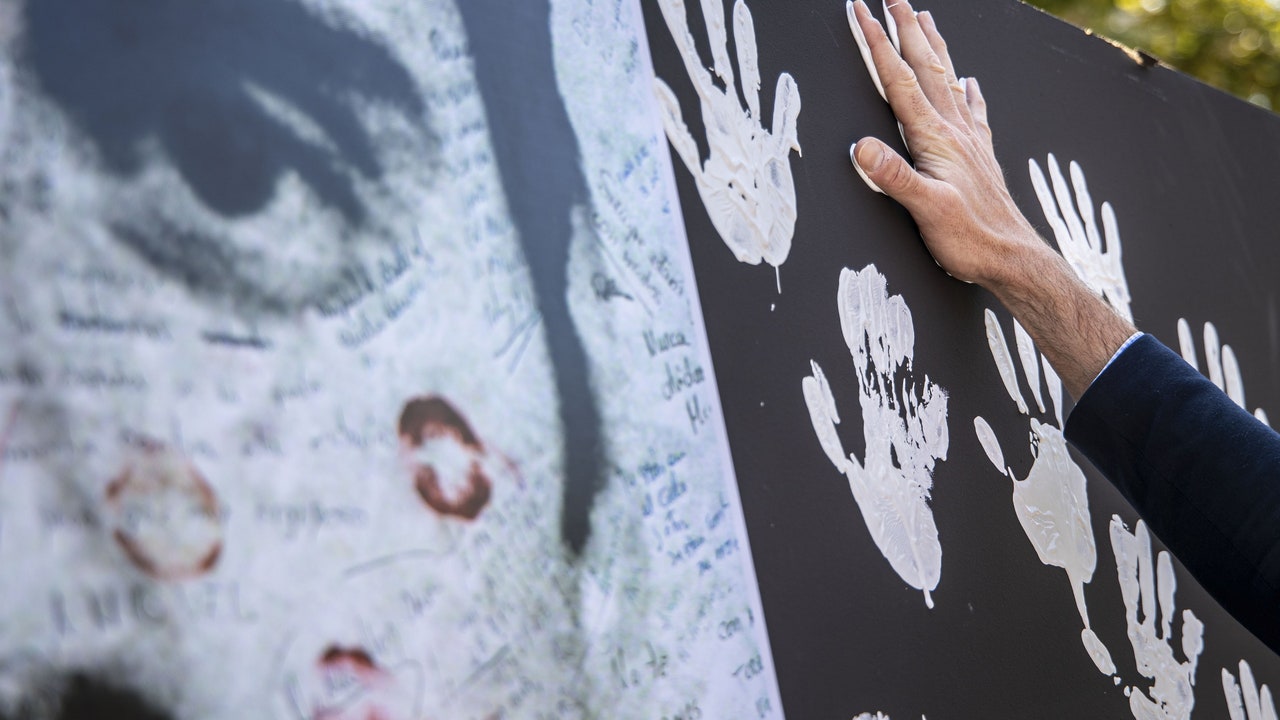The judge of the National Court Manuel García Castellón has launched the judicial mechanism for the seizure of two million euros from four former ETA leaders prosecuted for the kidnapping and murder of Miguel Ángel Blanco in 1997, as confirmed to LA RAZÓN by legal sources.
On April 25, the magistrate imposed bail of two million euros on the former members of the ETA leadership José Javier Arizcuren Ruiz, “Kantauri”; Mikel Albisu, “Mikel Antza”; María Soledad Iparraguire, “Anboto”; and Ignacio Gracia Arregui, “Iñaki de Rentería”, to face possible civil liabilities to which, if applicable, they are sentenced for this criminal action that shocked Spanish society in July 1997.
The instructor gave the four former ETA leaders 48 hours to pay that amount jointly. But after that period they have not done so, so according to the sources consulted, García Castellón has ordered ex officio that the assets of the defendants be investigated to determine the assets susceptible to seizure to judicially guarantee that amount.
Precisely on April 30, Dignity and Justice (DyJ) urged the National Court to execute this embargo once it became clear that “Anboto”, “Kantauri”, “Iñaki de Rentería” and “Mikel Antza” had not contributed the required amount as a civil liability bond. The lawyer for the victims' association, Vanessa Santiago, then urged the judge of the National Court to agree to the “seizure of the assets of the defendants.”
The association chaired by Daniel Portero urged the instructor to ask the Asset Investigation Office to determine “if each of the defendants appear as taxpayers for some reason and if they are owners of movable or immovable property,” with a view to this possible seizure.
García Castellón charges the former members of the executive committee or Zuba of the terrorist group with crimes of kidnapping and terrorist murder with aggravating circumstances of treachery, considering them indirect perpetrators due to the dominant position they held in the criminal organization. A hierarchy that would have been enough to prevent the murder.
“Command and decision capacity”
In the resolution in which he agreed to his prosecution, the head of the Court of Instruction number 6 of the National Court considers it unlikely that the ETA leadership did not order the kidnapping of the PP councilor in Ermua (Vizcaya), “taking into account the way of acting of ETA”, where the executive committee “was the body where the terrorist actions committed by the commandos were decided, planned, directed and authorized.”
The four former ETA leaders, the judge maintains, had “sufficient command and decision-making capacity” over the organization's terrorist activity “to have been able to make the decision not to kidnap the victim” and thus avoid “the ultimate outcome.” ». An “express and concrete” order to the “Donosti command” was enough for Miguel Ángel Blanco to have been released, but “they did not do it”, turning a deaf ear to “the mobilizations of civil society” massively demanding his release.
The instructor considers them direct authors of the kidnapping and murder of the PP councilor due to the dominance of the organization that they held, a “power of command” over the material authors that made the terrorists execute “without the capacity for discussion” the order from the leadership. ETA
For the magistrate, the order to kidnap and murder the Ermua councilor was a “collegiate” decision of all the members of the ETA executive committee, because it was required by “the scope, repercussion and consequences” of that terrorist action.

